Myanmar Wanbao in Action… 莱比塘铜矿项目回顾(中英缅)
Myanmar Wanbao in Action…
In retrospect to the recent happenings as well as two years of delays in the construction of the Letpadaung copper project, Myanmar Wanbao, as one of the biggest foreign investors in Myanmar, has experienced the hardships arising from the social conflicts during the process of democratization in Myanmar. Objectively, this is unavoidable. Following the mass sit-in protests against the project in November 2012, the Investigation Commission led by Daw Aung San Suu Kyi conducted an in-depth investigation about the Letpadaung project and released a report in March 2013. The Investigation Report arrived at the conclusion that, if overall considerations are given to the economic and social benefits the project will bring about and the international relations it involves, the Letpadaung project should move on provided the improvements are made for the project in accordance with the suggestions made in the report. Thereafter, the Myanmar government createdan Implementation Committee chaired by U HlaTun, Union Minister of President Office, with a number of union ministers being the committee members, to carry out the suggestions of the report. Myanmar Wanbao, as the operator of the Letpadaung project, has been taking active measures to materialize every item of the suggestions in the report and has won good recognition by the Implementation Committee and the overwhelming support by the majority of the local communities. Let’s go through what Myanmar Wanbao has done:
1.Land issue
The report suggested that land compensation should be increased and some parcels of land in the mine lease area which are not necessarily used for the project should be released to farmers.
According to Production Sharing Contract, Myanmar Wanbao is responsible for the construction and operation of the project while its Myanmar partners ME1 and MEHL are responsible for the land use and resettlement for the project. The project had initially complied with Myanmar laws in terms of compensation to farmers in return for land use to the project in 2011 and the compensation plus the first subsidy has been claimed by all impacted land-lost villagers.
However, after the Investigation Report was released, Myanmar Wanbao proactively engaged with the government and has gone beyond the legal and contract requirements. In March 2013 and February 2014, Myanmar Wanbaopaid land subsidies to the impacted farmers in separate two times acting upon the suggestions made by the report. The criteria for the land compensation or subsidies were decided by the Myanmar government based on the Myanmar law and local market price for the land. The total amount of compensation and three times of subsidies is between 1,825,000Ks and 3,250,000Ks per acre depending on the type of land.
Even though Myanmar Wanbao has met its legal requirements and has paid compensation and subsidies, the company has gone further to safeguard the livelihood and wellbeing of its community in the long term. Since July 2014, the company, together with its Myanmar partners and supervised by the Myanmar government, has created an annual Contribution payment to all the land-lost villagers between USD70 and USD160 per month depending on the number of jobs they are entitled to have because of land loss. Land-lost villagers had originally been promised jobs by MWMCL (the numbers of which were dependent on how much land was given to the project), however, due to the stoppages the company was unable to provide jobs through no fault of its own. So the contribution payment are given regular cash payments every 6 months until a job materializes. This ensures that the land-lost villagers have the peace of mind that their basic livelihoods needs are met whilst they wait for a job to materialize.
This was done through extensive consultations and with the participation of the villagers. It included unprecedented extensive door-to-door consultations for months. Over 71% of total land lost villagers consulted in 35 villages have supported this contribution plan and the project. And within these 35 villages, 27 villages consulted through door-to-door visits have given us an average 91% acceptance rate of the contribution. These numbers are considered by International Best Practice to have exceeded the requirements for “broad community support” of the mine project. We have also set up bank accounts for the villagers through the local bank to receive these payments directly into their personal accounts.
In terms of releasing the land unnecessary for the project in the mine lease area, the project has released a total of 903.74 acres of land, including 294.75 ares of farmland, 42.66 acres of land for of Pathein-Monywar road, 20.33 acres of land for irrigation channels and 546 acres of land for environmental conservation.
2. Environmental issue
The Investigation Report suggested that EMP/SMP/OHSAS should be formulated to manage the environmental and social impact in carrying on the project.
Myanmar Wanbao is committed to managing its activities in an environmentally and socially responsible manner and in compliance with relevant environmental legislation, approvals, licence, permits as a minimum for all construction and commissioning activities. The Construction Environmental and Social Management System (CESMS) formulated by Australian Consultancy Knight Piesoldwas accepted by the Implementation Committee, which has become the guideline for the project to manage the environmental and social impact in the construction period. Besides, an Independent Monitoring Team, which is composed of international and Myanmar experts in Environmental and social sectors, government officials and villager representatives from the communities, was set up to supervise the implementation of the CESMS.
As a responsible international mining company, Myanmar Wanbao announced in June 2012 that it would voluntarily undertake an Environmental and Social Impact Assessment (ESIA) of the Project based on international standards that were then not mandatory in Myanmar.This ESIA, formulated by Knight Piesold, has been prepared using the International Finance Corporation’s (IFC)standards as a good practice guide to the achievement of sound environmental, social and health outcomes from the Project’s implementation. The first draft of the ESIA report was submitted in November, 2013 to the Review Team consisting of top experts and professionals chaired by U HlaMaungThein, Deputy Director General of MOECAF. On December 23,2014, the ESIA passed the final approval and review of the highest regulatory meeting of the National Environmental Conservation Commission. It went through many rounds of community consultations and extensive reviews by the Review Team consisting of environmental and social experts in the country. Some of the Review Team members and related government officials also paid site visit to the similar project in Australia to find resolutions to some issues concerned.
The ESIA concludes that “the development of the Letpadaung Copper Project will have a controllable impact, in accordance with international standards and good international practice, on the environment when compared to the benefit that the community and the nation may derive from the project, provided the management measures described in the ESIA document are implemented”
3. Amendment to the PSC
The Investigation Report suggested that, to ensure the national interests are protected, the Production Sharing Contract (PSC) signed between Myanmar Wanbao and MEHL should be amended.
On July 24, 2013, an Amendment to Production Sharing Contract was signed in response to the findings of the Special Investigation Commission. This amendment was approved by the Myanmar Government.
Under the Production Sharing Contract and its amendments,the project partners became ME-1, MEHL and Myanmar Wanbao. ME1 has 51% of the benefit from the project while MWMCL and MEHL share the remaining 49%.ME1(on behalf of the Myanmar Government), and MEHL are responsible for all consultation with community and all elements associated with land acquisition, compensation and resettlement. Myanmar Wanbao is responsible for the design, operation and closure of the project, as well as completion of this ESIA.
4. Relocation of Pagoda
With regards to a pagoda in the mine lease area, the Investigation Report concludes that it is difficult to categorize the pagoda as a cultural relics as there is no proof that the pagoda and its attached buildings are religious relics that was built by thefiest senior monkLel-Ti
At a religious ceremony organized by the Ministry of Religious Affairs of Myanmar on February 25, 2014, 27 senior monks from across the country gave their blessings to relocate the Buddhist pagoda in the project to another location. The senior monks agreed to the relocation of the Pagoda and see that the development of the Letpadaung project will bring much in the way of benefits to the whole country.
Under the direction of Ministry of Religious Affairs, the old pagoda was relocated to the new site and the new pagoda was completed in August 2014. A grand ceremony of the hoisting the holy umbrella was held on August 22, 2014 with senior monks and villagers in the communities present at the ceremony. Currently, the new Pagoda, which is larger than the old one but remains the same design in pattern, has already received villagers to worship and do the Buddhist activities.
The whole process of led by the Ministry of Religious Affairs and Myanmar Wanbao proactively cooperate in accordance with the Myanmar laws and cultural traditions.
5. CSR activities and SME projects
The Investigation Report suggested that, the company should increase investment in the community and social development programs and develop SME projects to promote employment in fulfilling its corporate social responsibilities.
Myanmar Wanbao committed in the PSC and its amendment that, in the construction phase, the company will invest US$ 1 million in the community and social development projects while when the project becomes operational, 2% of the net profits of each party will go to the corporate social responsibility activities. It has done a great variety of CSD projects to improve people’s life ranging from electricity supply, drinking water provision, road repairing to school and kindergarten building, scholarships, free medical services, etc. The company has connected 12,000 villagers to the national electric grid helping release thousands from “energy poverty”. By the end of this year, more than 5,000 local villagers will get clean drinking water thanks to the company’s water project. The mobile clinics have already offered over 80,000 free medical treatments in 50 villages around the project and over 1,200 students benefit from the schools we have built. Besides, we offered scholarships to more than 1,000 grade-ten or university students in local area in the past two years with an amount of 82 million Kyats. Critically, this community investment is beginning to take place in consultation with the local community.
In the meanwhile, Myanmar Wanbao is promoting the first seeds of industrialisation in its community through the creation of forward and backward linkages from the mine. It is nurturing local small and medium enterprises in the community through its “pro-poor” procurement process. This is helping create new jobs, nurture entrepreneurial talent, and transfer skills and know-how which is benefiting the community and will contribute to the development of the whole region. The company believes that SMEs, when properly nurtured and supported, can be the source of economic security, balanced growth and inclusive development. So it has helped impacted villagers set up SMES in the food (agricultural), transport and construction sectors and these SME are thriving with the company’s support – the transportation village contractors already have 26 trucks and they have started working with other clients. Local villagers have also set up a bricks factory, a concrete pipe factory, a pre-cast concrete slab factory and many more. Wanbao is committed to nurturing the SMEs around it through targeted procurement, capacity, building and advice where applicable.
In closing, Myanmar Wanbao has followed the Investigation Report’s suggestions to the letter and has won recognition by the Implementation Committee. The company could extend the working area recently because the government agreed to and the majority of the communities supported for the activity. There is no doubt that, during the process of democratization of Myanmar, some political organizations and activists try to make political gains. When visiting Rakhine State on December 26th 2014, President U TheinSein said that priority must be given to the rule of law as economic growth is impossible without regional stability. It is true of Rakhine. It is true of Letpadaung. It is true of the whole Myanmar.
莱比塘铜矿项目回顾
2014年12月27日
回顾近日事件以及过去两年来莱比塘铜矿经历的种种羁绊,万宝公司作为中国在缅甸最大的外商投资之一,经历了缅甸民主化转型过程中带来的种种磨难。2012年3月12日,昂山素季领导的莱比塘铜矿调查委员会发布调查报告认为,“从经济、社会、环保和国际关系等各个角度综合考虑,调查委员会建议采取整改措施,继续实施莱比塘铜矿项目。”此后,缅甸政府成立以总统府部长吴拉通为首、由数名政府部长参与的执行委员会,监督整改建议的落实。万宝公司作为项目的实施主体,根据调查报告的建议,采取积极的态度,对需要公司整改的事项一一落实,得到执行委员会和社区绝大多数民众的认可和支持。
1.调查报告建议,应改正征地过程中存在的一些不足,提高土地补偿,将矿区部分土地退回给农民。
根据合同和缅甸有关法律,征地及移民安置主体责任属于当地合作伙伴和政府,所以针对此建议,万宝公司于2013年3月及2014年2月两次根据缅甸政府制订的标准提供额外资金,用于增加土地补偿。根据土地类型的不同,每英亩土地的补偿金在182.5万至325万缅币之间。
除了法律规定和政府要求之外,2014年7月,万宝公司在进行大规模社区沟通的基础上,推出针对失地村民的待业补助金计划,向因项目停滞未能获得公司工作的失地村民提供每月70至160美元不等的待业补助金。在参与沟通的35个村庄中,71%的失地村民接受待业补助金计划并支持项目;其中在参与逐户沟通的27个村庄中,接受待业补助金计划并支持项目发展的失地村民比例更是达到91%。逐户访问(door-to-door)的社区沟通在世界上任何一个矿业企业均为少有,而坚实的支持比例的数据也表明,定期的可预期的(regular and predicable)待业补助金发放是公司建设开发项目的社会许可(social license)。
关于退还矿区土地,根据调查报告建议,项目共退还903.74英亩土地,包括294.75英亩农田、42.66英亩道路用地、20.33英亩灌溉渠用地、546英亩环保用地。
2. 调查报告建议,公司应根据国际标准制订环境保护计划。
针对此建议,公司聘请澳大利亚著名的矿业咨询公司Knight Piesold制订了“建设期环境和社会管理计划(CESMS)”和“环境和社会影响评价(ESIA)”。事实上,万宝公司一直高度重视环境保护和社区帮扶,积极按照国际标准和国际良好实践进行项目建设开发。2013年10月11日,执行委员会通过CESMS,成为莱比塘项目建设期遵循的环境和社会管理指针,政府亦成立了国内外专家、主管部门官员及社区村民代表组成的独立监控团队(Independent Monitoring Team)对公司执行情况予以监督。2013年11月,ESIA初稿提交给缅甸政府官员和环保及社会问题专家组成的审查委员会,之后经过一系列的专家论证、社区沟通、澳大利亚同类型矿业项目实地调研等,并根据专家建议完成多处修改;2014年12月23日,ESIA通过缅甸国家环保委员会终审会,该委员会由环保部长任主席,成员有24位各部副部长及其他7位司局级官员共32人。
3.调查报告建议,为保证国家利益,应修订万宝公司与经控公司(MEHL)签订的产品分成协议。
针对此建议,2013年7月24日,矿业部下属的ME1、经控和万宝公司签订莱比塘铜矿产品分成协议补充协议,并得到缅甸政府正式批准。根据新的补充协议,ME1成为产品分成协议新增签约方,其分成、权利金及缅甸政府其它税收组成缅甸政府收益,占项目总收益的51%,标志项目成为缅甸国家项目;MEHL和万宝享受剩余的49%的利益。ME1和MEHL负责有关矿区用地的一切责任,万宝公司负责项目所有投资、设计、运营及完成ESIA。合同还约定,项目建设期内,万宝公司每年投入100万美元用于企业社会责任、社区帮扶项目;项目投产进入运营期后,各方净利润的2% 将用于企业社会责任和社区帮扶项目;项目运营期内,每年200万美元的环保保证金存入缅甸国有银行托管专用帐户用于环境管理。
4. 关于莱比塘矿区山间佛塔搬迁,调查报告结论认为,“很难认为这些佛塔是文化古迹”,上述佛塔和禅房“找不到是由村民传说的莱迪高僧修建的宗教古迹的证据”。
针对上述结论,2014年2月25日,在执行委员会和缅甸宗教事务部的组织的宗教仪式上,缅甸27位高僧一致认为,为了保证民众礼佛安全,可以将旧的山间佛塔实施搬迁,并在新址按照现有的设计并在原有规模基础上扩大规模,新建佛塔。2014年4月29日,旧佛塔遗迹搬迁至新址并开始启动新佛塔建造。2014年8月22日,新佛塔竣工并举行塔伞、圣物开光及安放仪式,在当地村民的参与下开始接受民众礼佛。整个过程完全由宗教事务部和佛教界主导并实施,我们则遵照有关法律、法规、文化传统给予配合。
5.调查报告建议,在企业社会责任方面,公司应有效实施社区帮扶;除了提供就业机会,还应大力发展中小企业(SME)项目。
针对此建议,公司承诺在建设期内,每年投入100万美元用于社区帮扶;进入运运营期后,合作方每年2%的净利润用于社区帮扶。在2013年的社区帮扶中,公司投入近180万美元,远远超出合同承诺的100万美元;2014年社区帮扶项目也即将完成,预计超过100万美元。此外,还大力发展SME项目,专门为失地村民组建施工队、运输队、木工队、打井队、预制板厂、水泥管厂、砖厂等等,发展畜牧养殖,帮助失地村民改变过去以农耕为主的生活方式,获得新的生计手段,赢得社区居民的欢迎。
综上所述,万宝公司完全是按照调查报告建议认真落实每一项整改措施,取得了执行委员会的认可。万宝公司近期能够进行扩建作业区,正是在完成调查报告建议的基础上由政府同意、绝大多数村民支持下进行的。毋庸讳言,在缅甸民主转型的过程中,一些政治组织和激进分子将莱比塘项目作为索取政治利益的筹码,激化社会矛盾、煽动仇华情绪成为他们使用的主要伎俩,这种现象值得中缅两国政府高度警惕。吴登盛总统在12月26日若开邦考察时指出,“经济要发展,地区须稳定”(economic growth impossible without regional stability)。若开邦如此,莱比塘如此,整个缅甸也是如此。
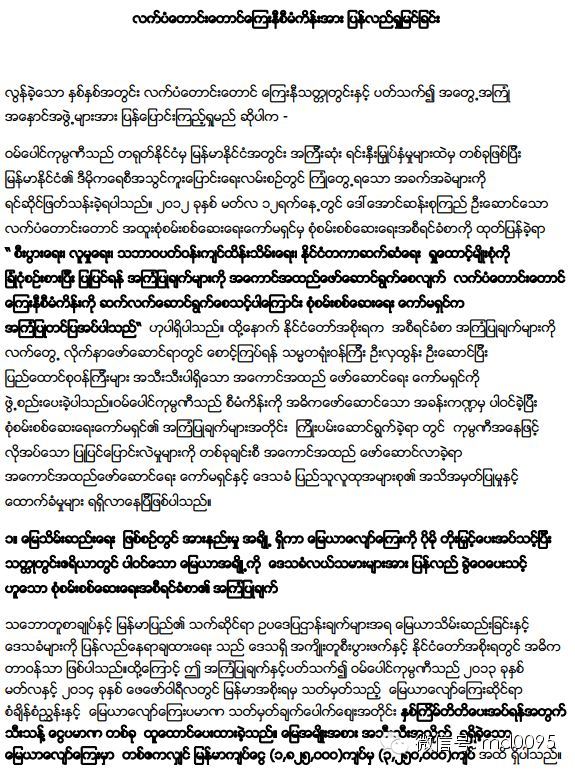
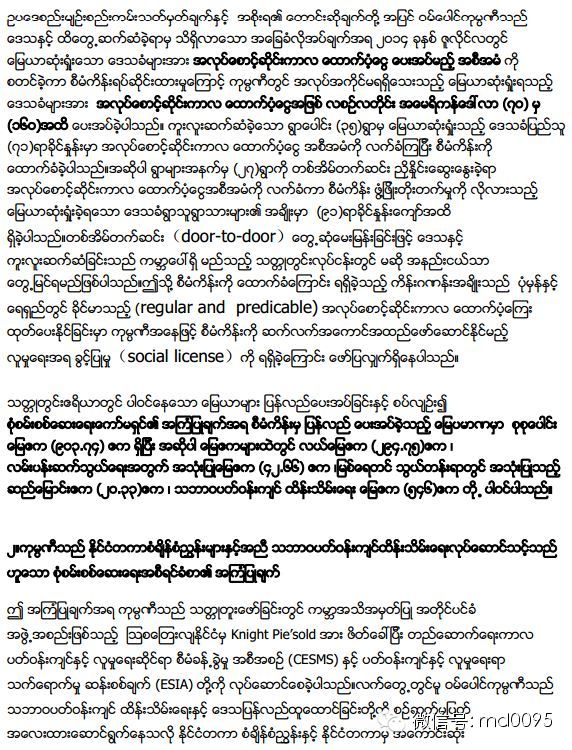

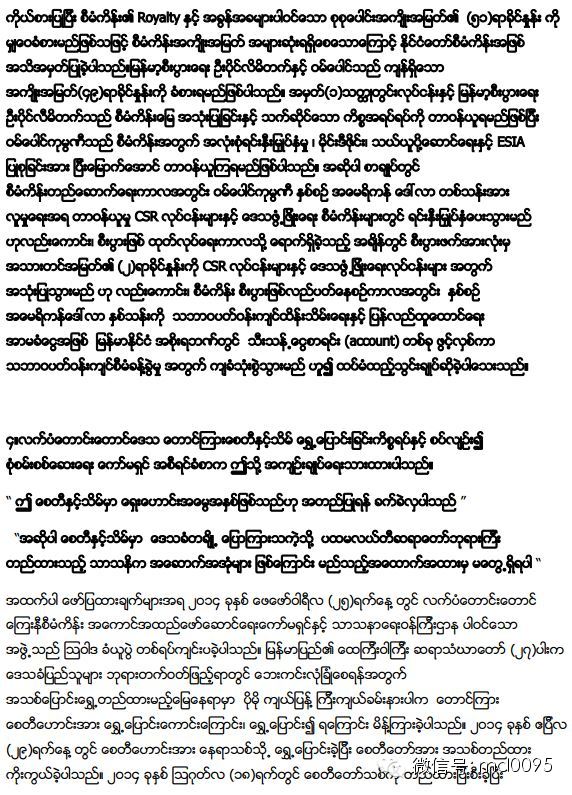
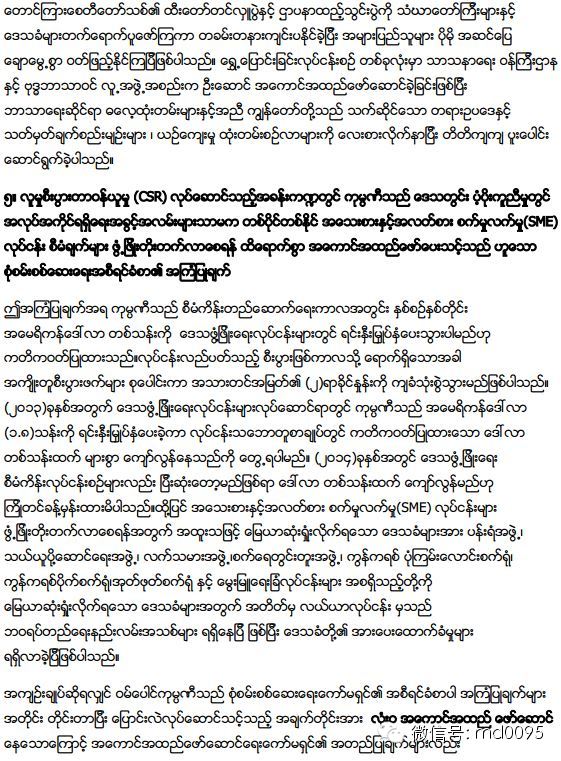
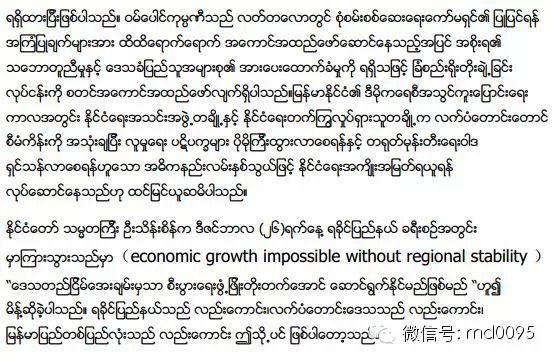
评论列表 共有 2 条评论
发表评论 取消回复
最新导读

热门文章




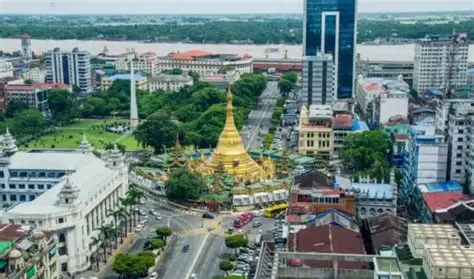

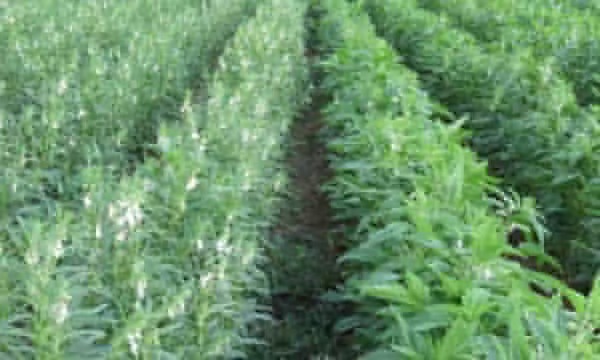
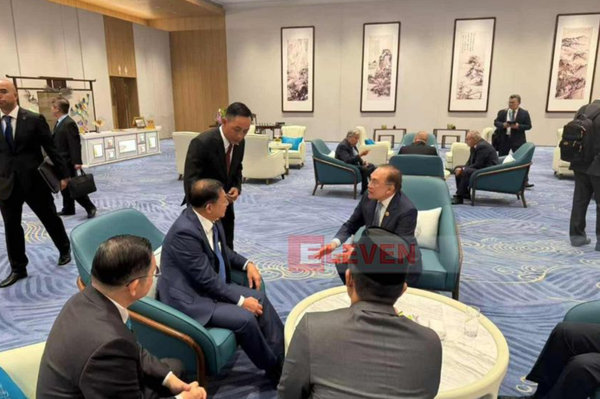
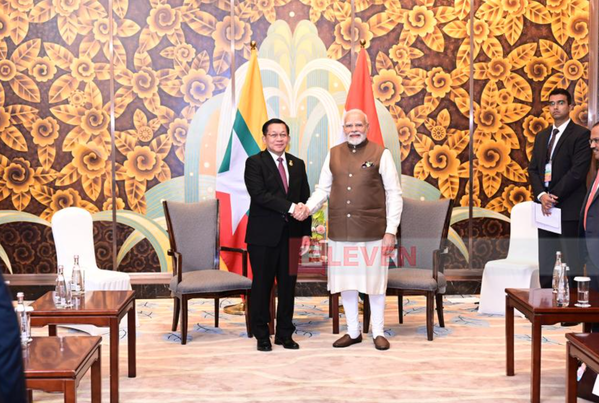
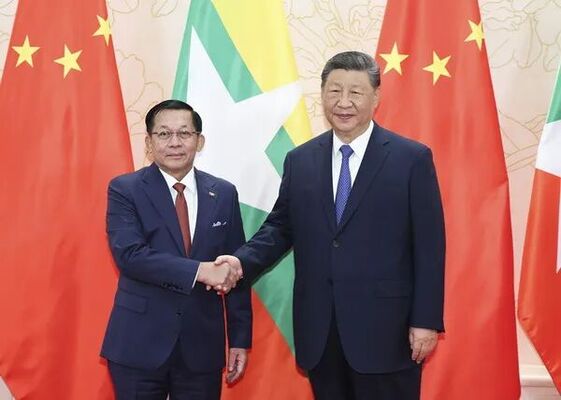

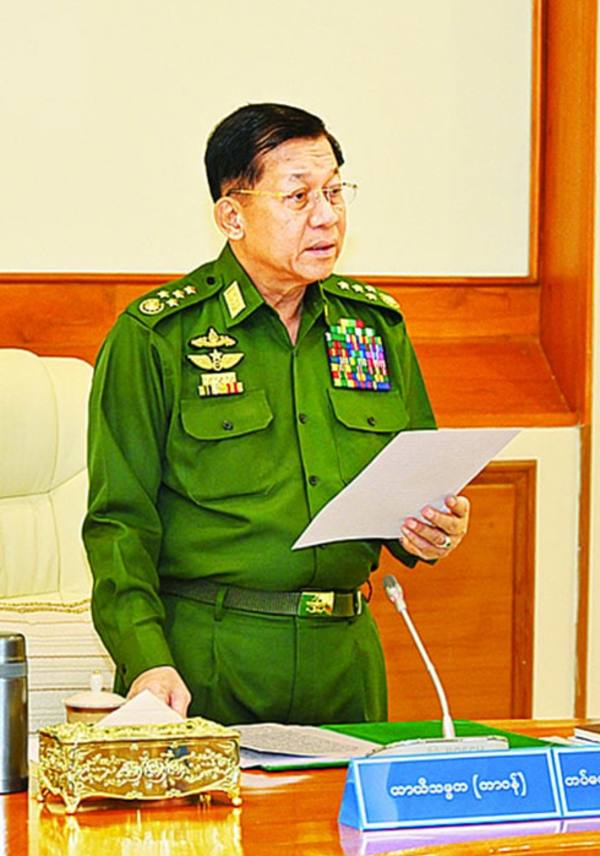
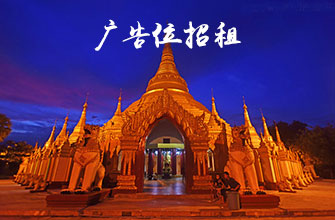



我还没完全仔细地对照三种文本看,但仅仅初略的看了一下,还是发现了三种文本中有不一致的地方,如中文文本最后一段“毋庸讳言,在缅甸民主转型的过程中,一些政治组织和激进分子将莱比塘项目作为索取政治利益的筹码,激化社会矛盾、煽动仇华情绪成为他们使用的主要伎俩,这种现象值得中缅两国政府高度警惕。”缅文文本有比较完整的翻译,但英文文本变成了“There is no doubt that, during the process of democratization of Myanmar, some political organizations and activists try to make political gains.”即省略掉了“激化社会矛盾、煽动仇华情绪成为他们使用的主要伎俩,这种现象值得中缅两国政府高度警惕”,实在不了解是何原因,还是翻译的遗漏,请仔细核对。这种政治上非常关键的文本怎么会有这种遗落?也不可能是英文版故意省略?